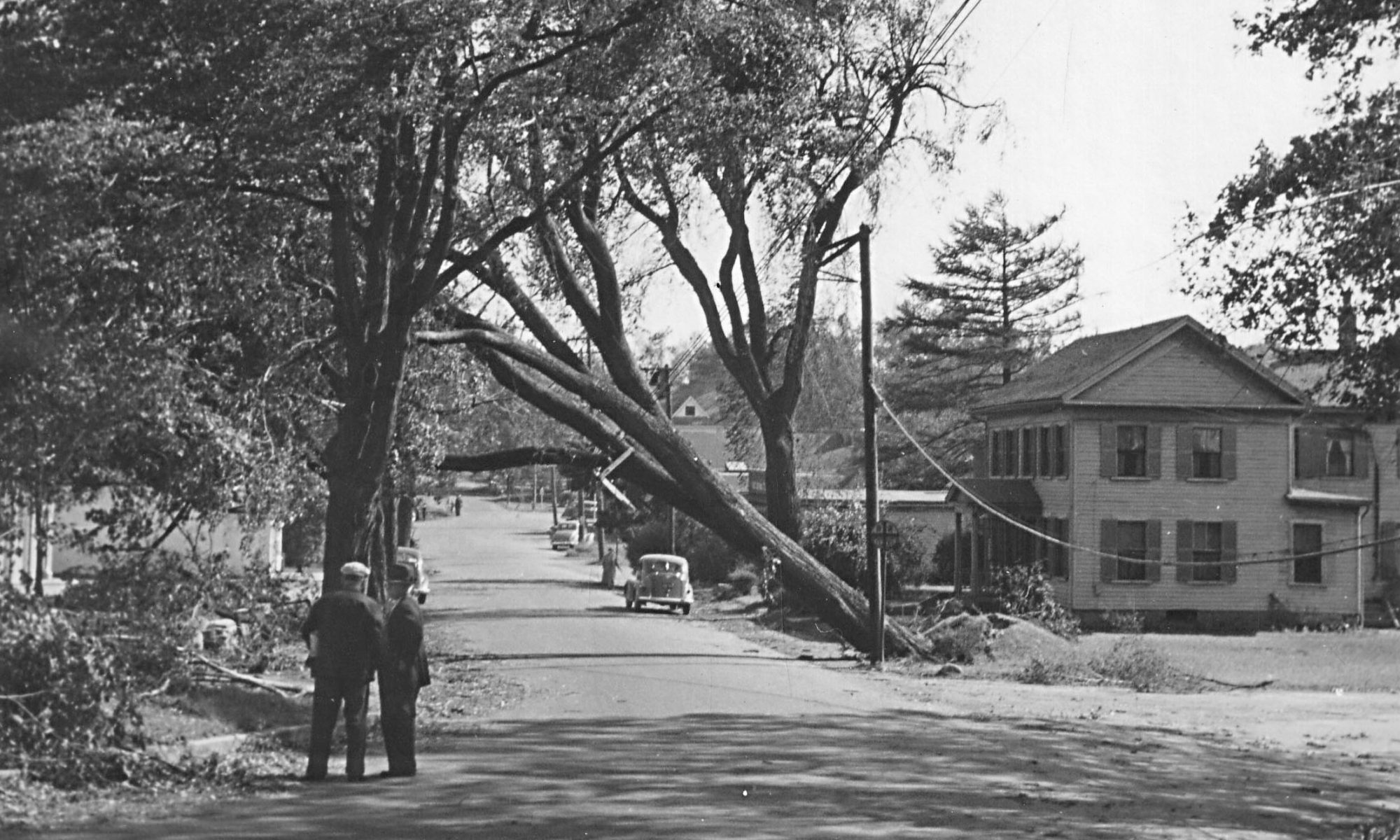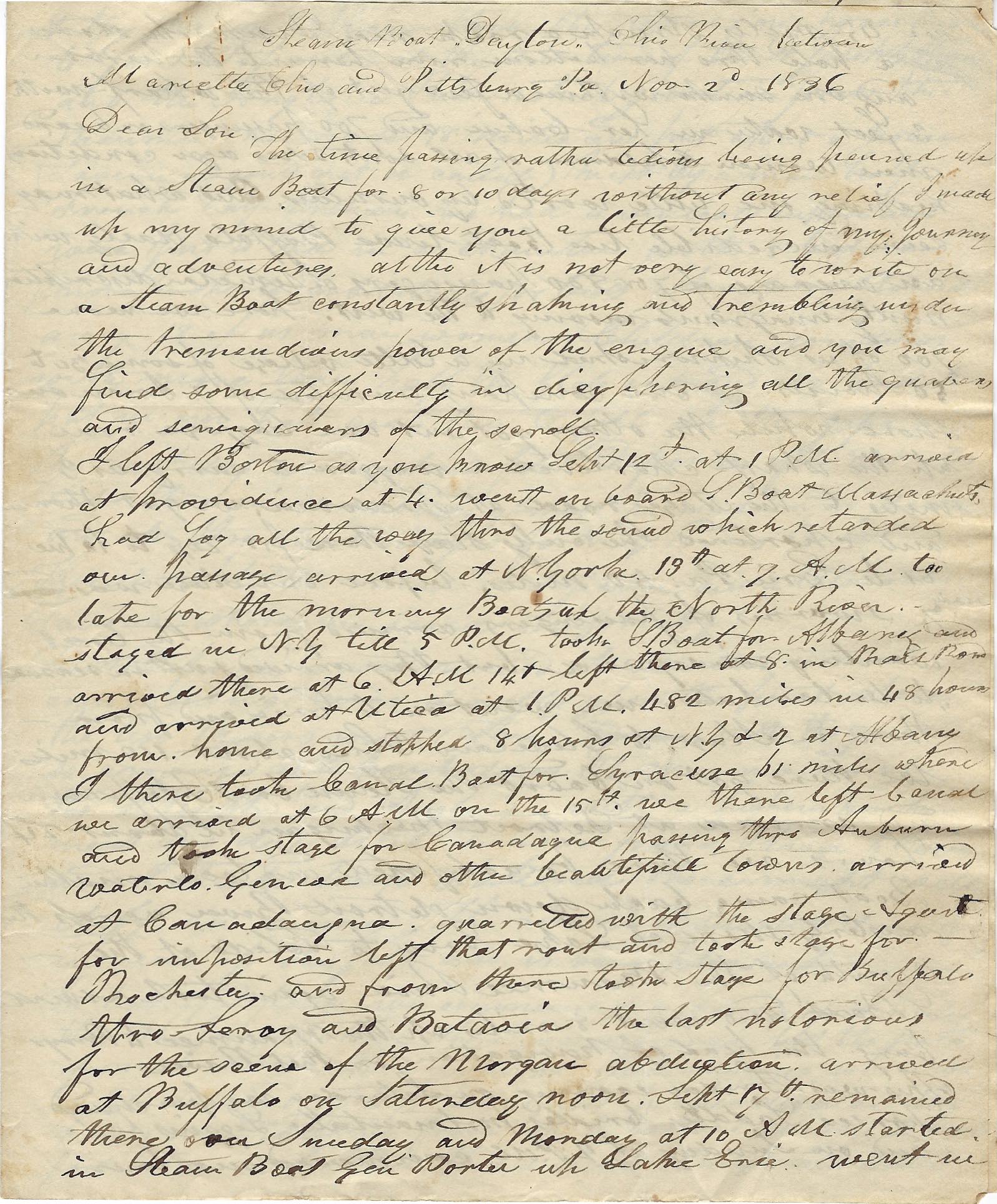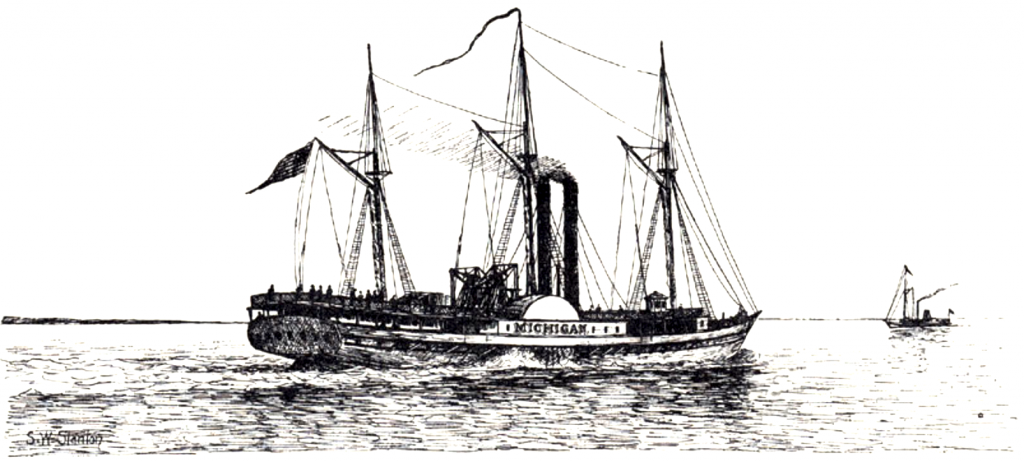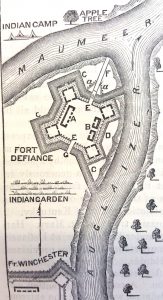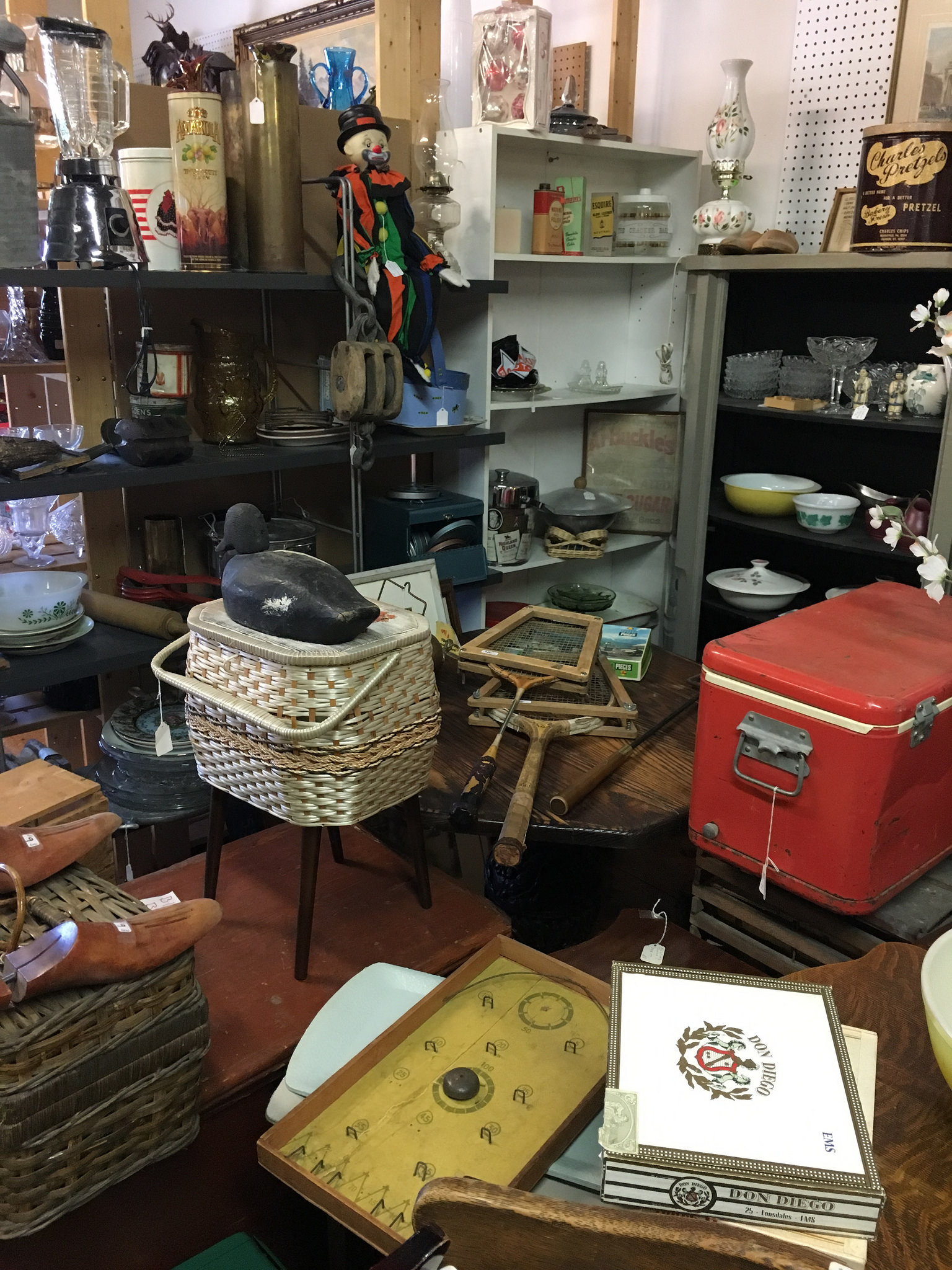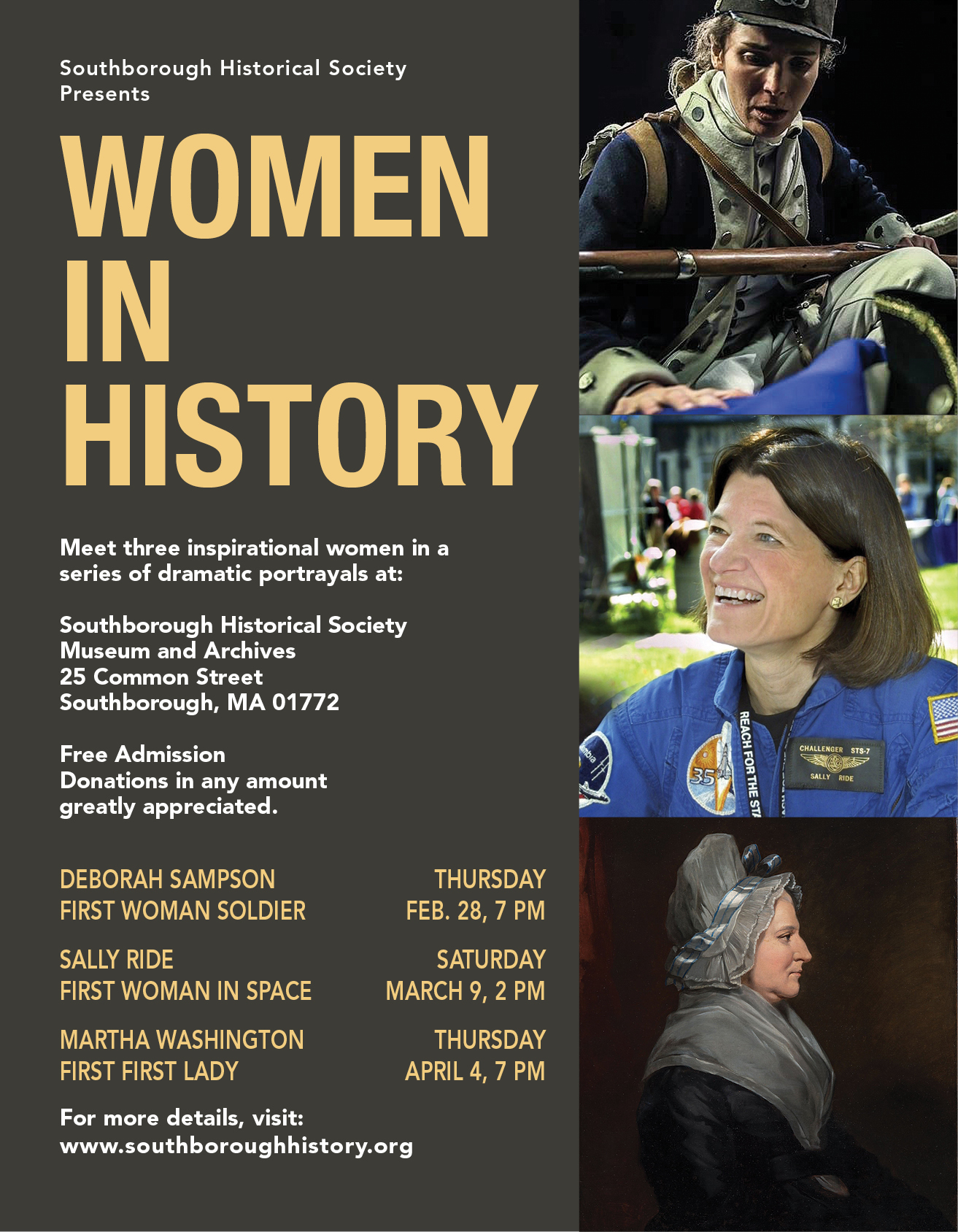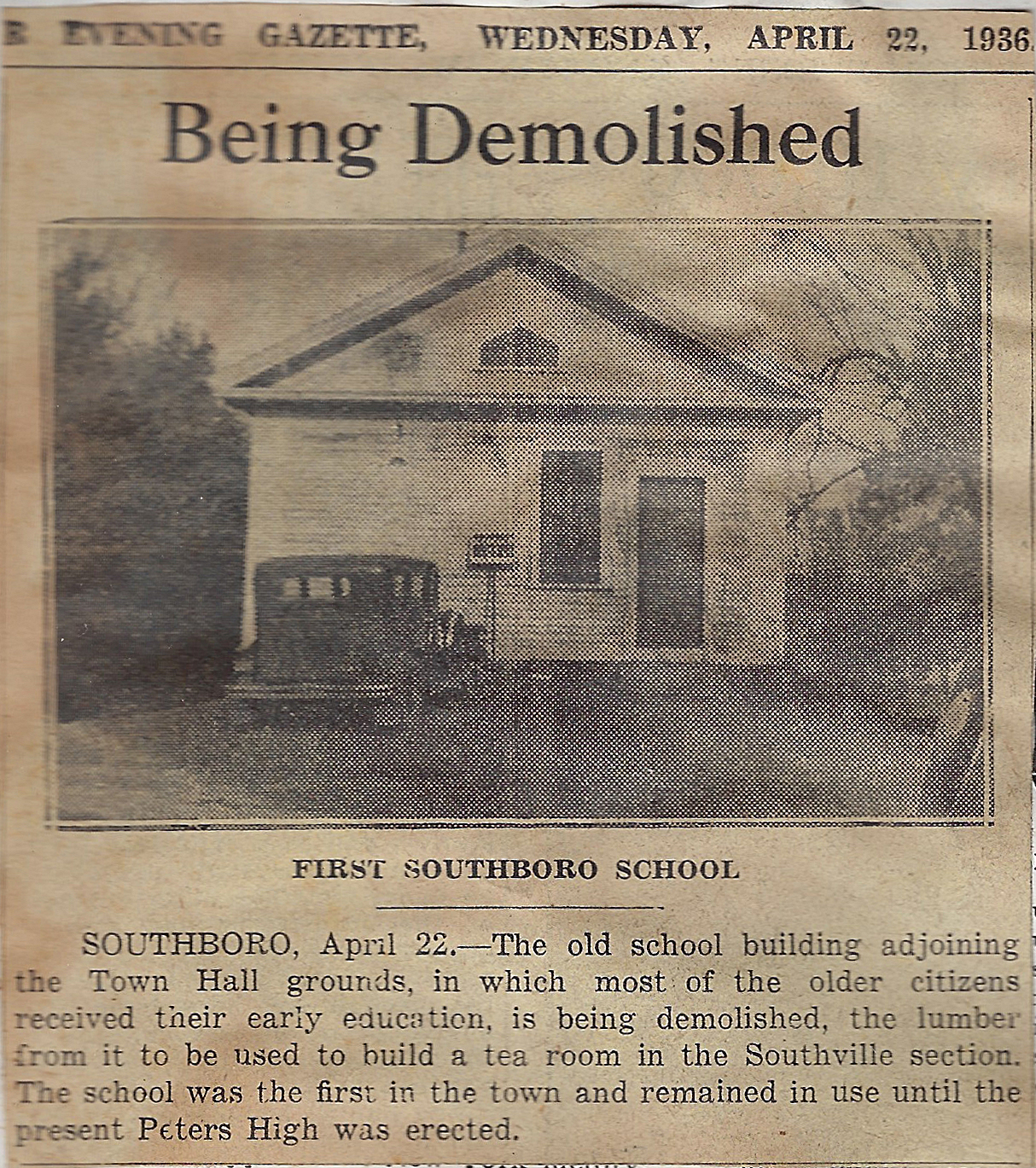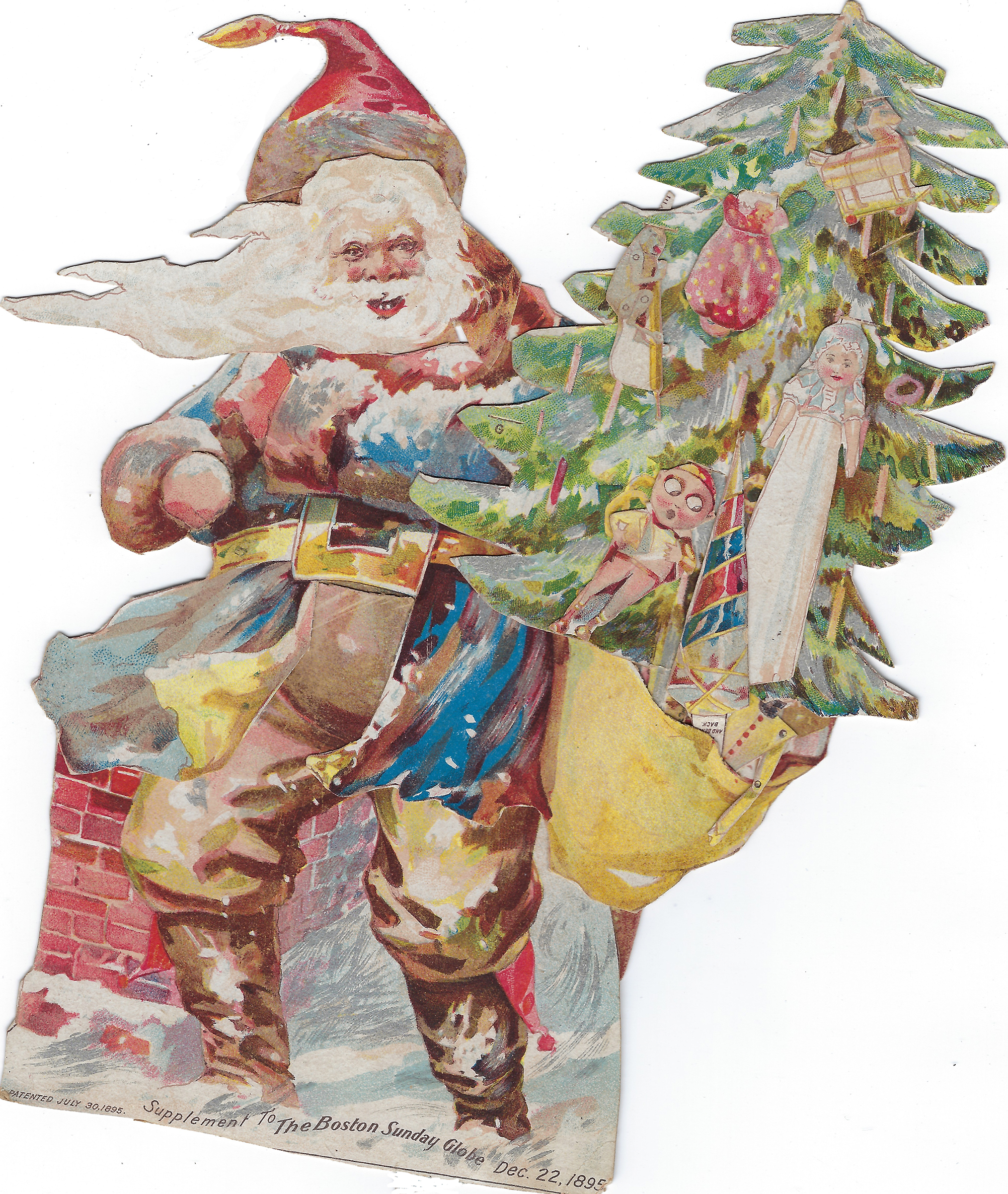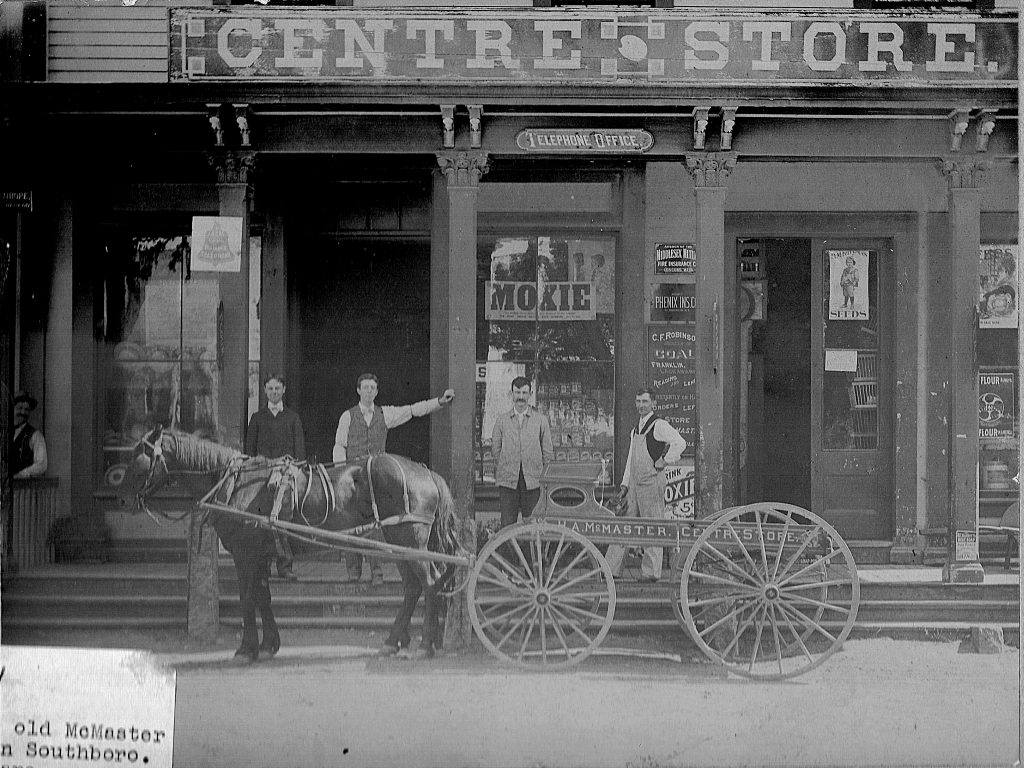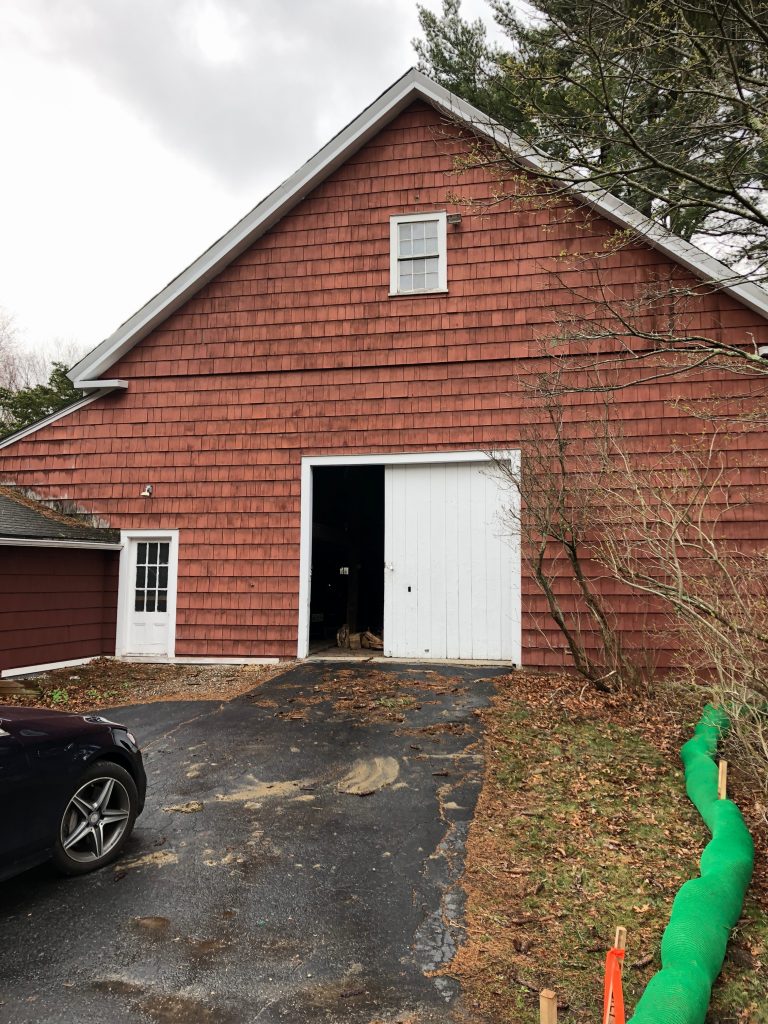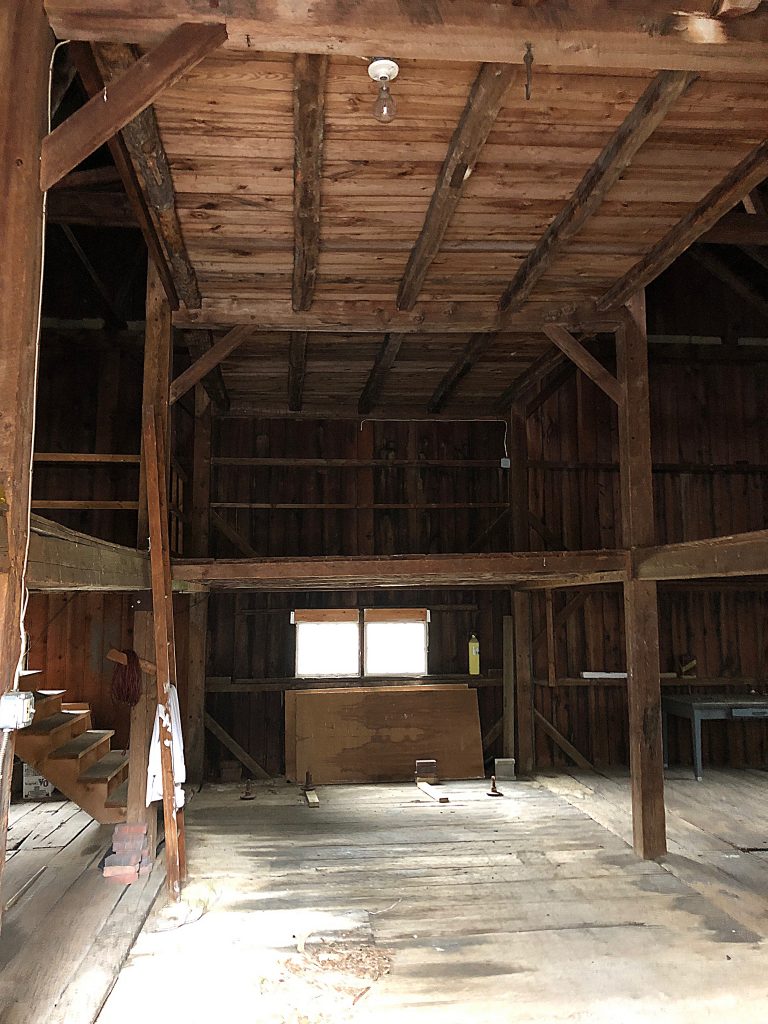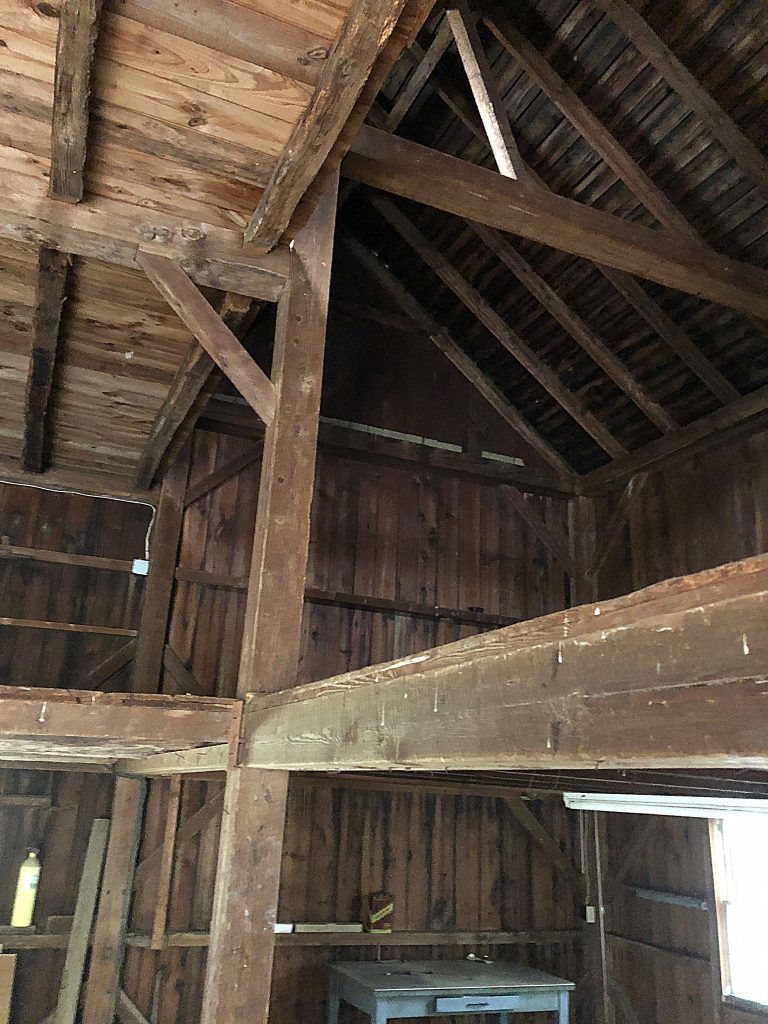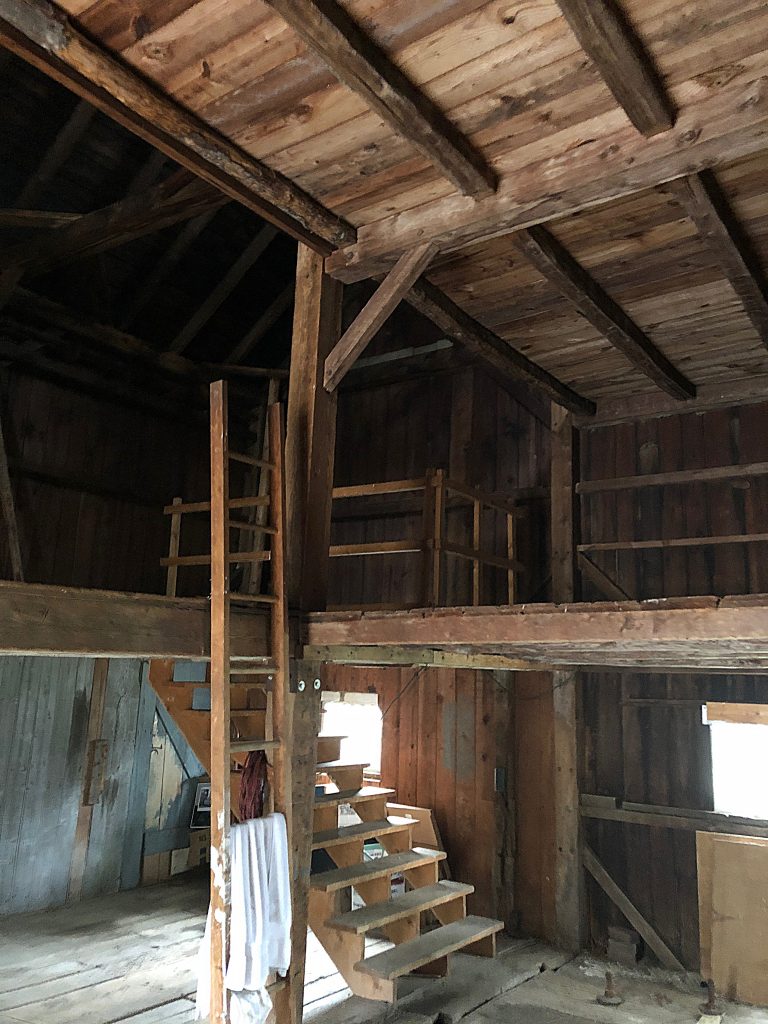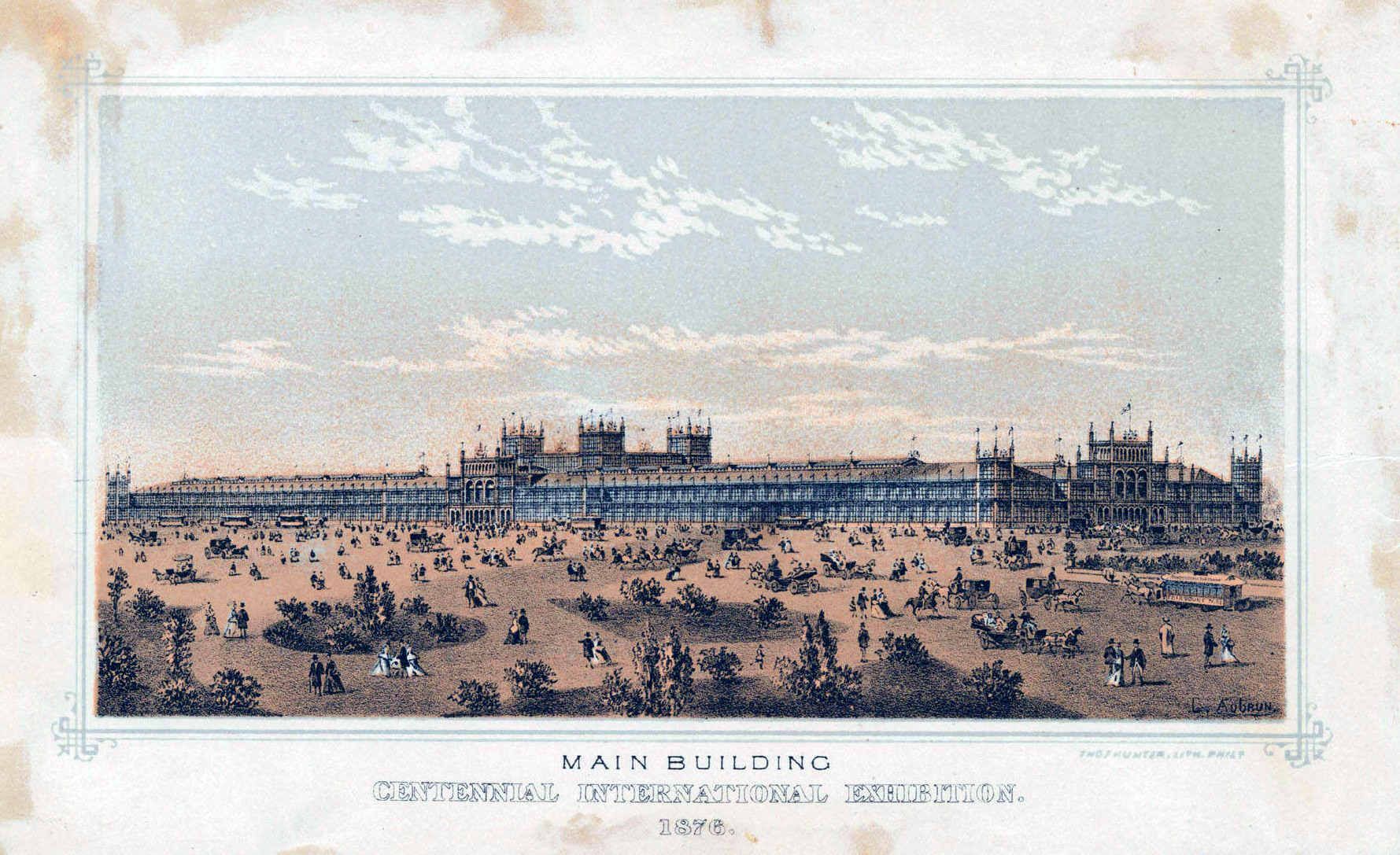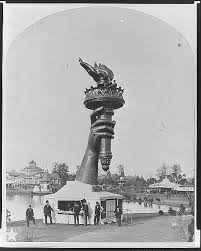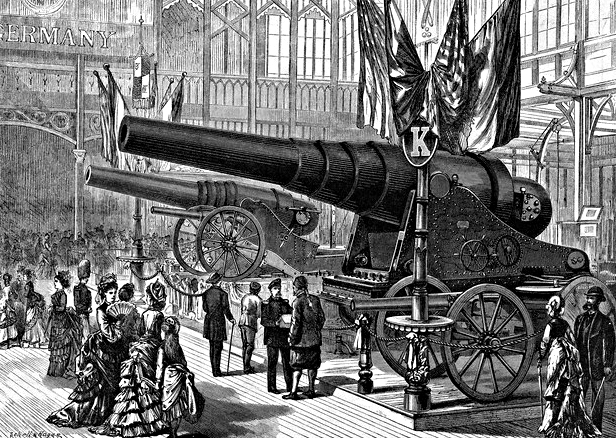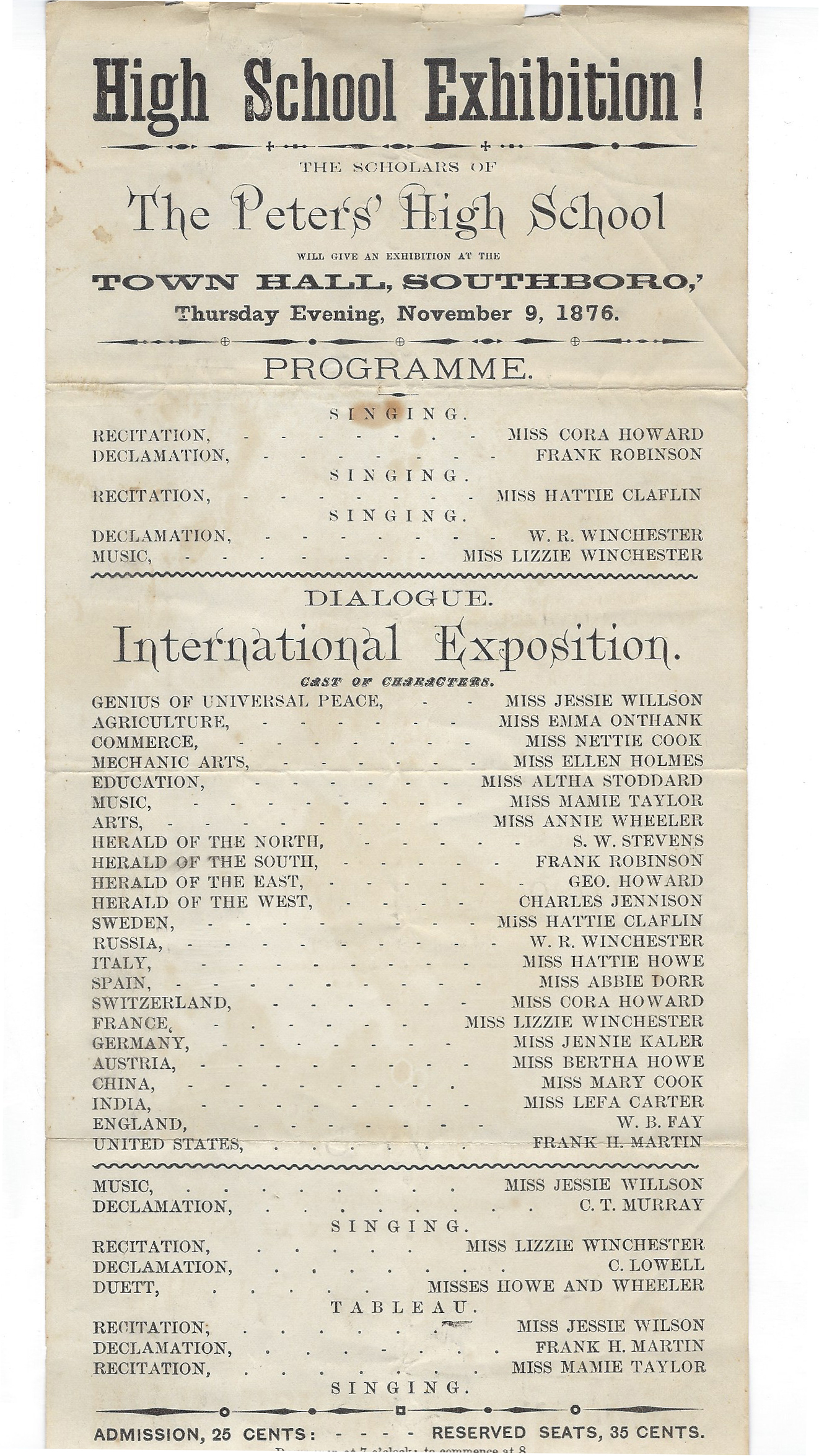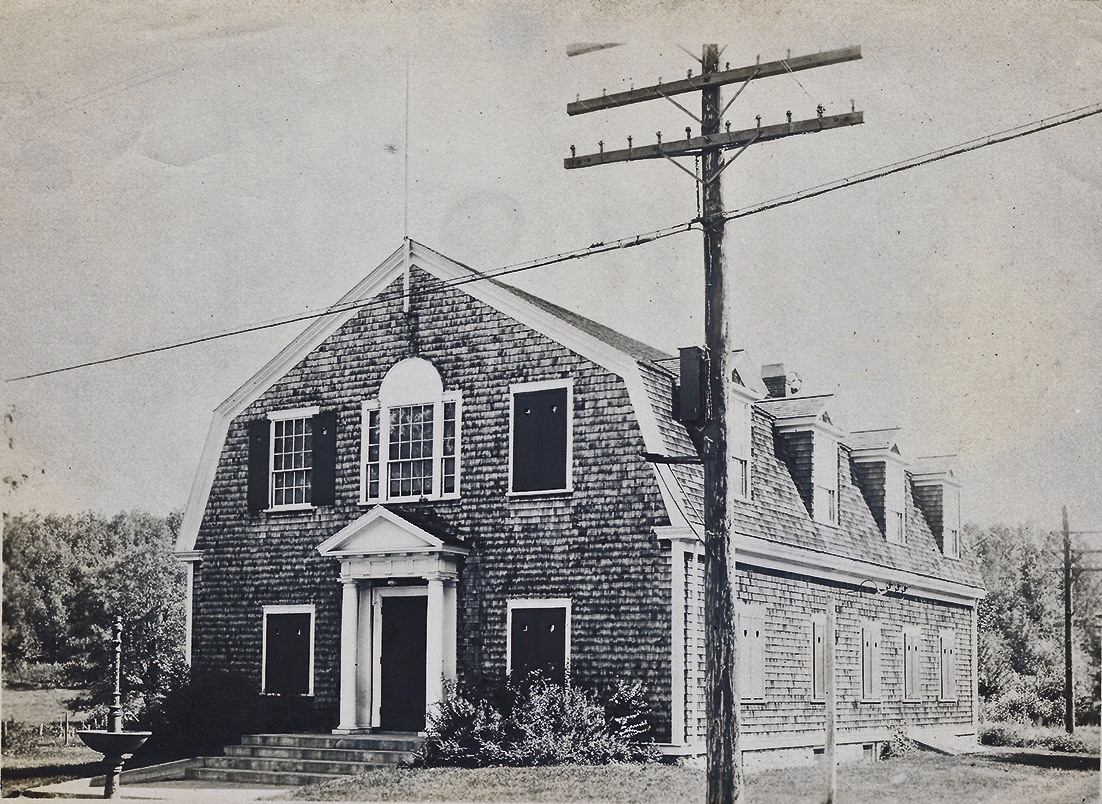This is the second installment of the account of Colonel Francis B. Fay’s journey from Boston to St. Louis in the autumn of 1836. As we rejoin the story, our hero has already survived various and sundry vicissitudes, including being shipwrecked on Lake Erie….
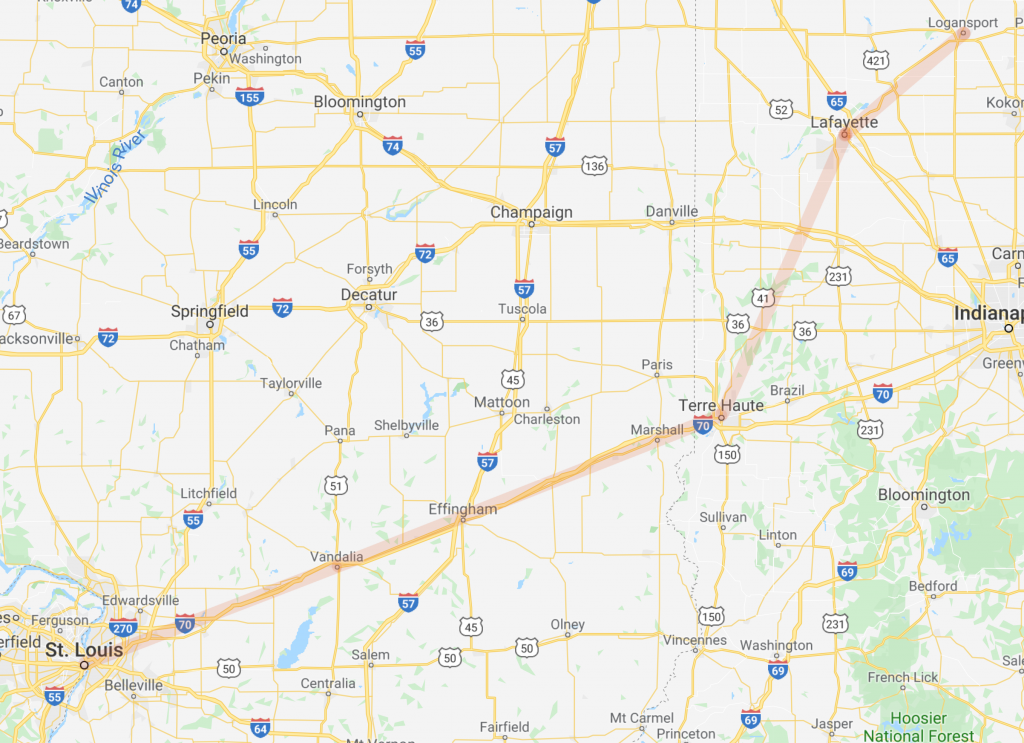
We left Logansport in the afternoon and went 6 miles to a small tavern on the banks of the Wabash and here my scene of troubles began. I rose in the morning with one of my most severe turns of headache. That house was no place for comfort [and with] my friends urging me on I consented to start and rode 20 miles in the most excruciating torture before I came to any house where we could get entertainment. Before we arrived it seemed I should be obliged to get down from my horse and sit down by the roadside. I however arrived at Delphi and put up at a miserable hotel; staid till next morning and although no better and having a high fever I again mounted my horse and rode 20 miles to Lafayette in search of better quarters. I staid their until the next morning but found no better entertainment and being unable to ride horseback my companions led on my horse and I to the stage to go 50 miles. I road 40 miles and was obliged to stop, unable to go any farther and stopped at Covington. I there stayed three days, had a physician to be X and other medicine. I sold my horse and took the stage for Terre Haute—50 miles. My companions had left a half a day before me in order that they might arrive at Terre Haute at the same time I did. They went 35 miles to Clinton and learning that they could save a few miles by not going to Terre Haute they very cooly left a line for me that they had taken a different route and presumed I should arrive at St. Louis now 200 miles distant before them.
Thus I was left alone among strangers scarcely able to sit up or walk. I however proceeded to Terre Haute and there found myself more feeble than ever with a high fever, my tongue coated to its very tip, my pulse up to 90, no appetite and parched with thirst. Add to this I was staying in a tavern with building, plastering, whitewashing and sawing going on, a horse race about to commence and the house filled with gamblers, [illegible] who appeared ready to rob me at every step and who occupied the next chamber to mine with a only a board partition and were gambling through the night. And added to all these the landlady an unaffecting brute with no disposition to contribute to or afford me any comfort or attention. The first night I took a severe sweat—rolling and tumbling and almost dying with thirst without anything to quench it but the water from my washbowl. I lay till 9 in the morning and no one appeared to see whether I was dead or alive. I got up, the sweat then rolling off my face, running down my bosom, my shirt wet with sweat. I stepped into the entry to go down, found them whitewashing one part and scouring up the other with soap and sand. I went down one flight of stairs out on a piazza, down another into another with a room with two Negroes plastering, clambering over the staging. I went out of doors round the corner of the house in a good northeast storm through the bar room into the sitting room which was also the eating room for some 40 or 50 each meal, which kept it in constant commotion through the day setting tables, eating, and clearing off—here I was obliged to stay through the day… [illegible]
I stayed here in this situation 4 days, had two Physicians, had [eaten] nothing for 10 days except once or twice a day a little sip of coffee or gruel. I got so reduced that I was scarcely able to sit in my chair or walk across the room with the greatest effort and no one to do anything for me. I made up my mind under all these circumstances that in all probability I should never again set my foot in Massachusetts, never again embrace my family and friends but that I must deposit my earthly remains in Indiana. Still my courage or resolution did not forsake me. I resolved to overcome all if possible. I was my own nurse while I stayed and after 4 days although very little better I resolved to leave that place and take the stage for St. Louis—180 miles—live or die, as I felt I must die where I was and could do no more on the road. I took the stage at 12 at noon and made 20 miles, stayed at a log house and was called at 4 in the morning, but I bribed the driver to keep his eyes shut till 6… The 3rd night I stopped in Vandalia, the seat of government for Illinois and fared well.

(The stage goes here about 35 or 40 miles per day, one half before morning, the next in the fore noon and the last leg in the afternoon. The 4th night we stayed at a farm house upon the prairie (Log house of course with 11 of us stowed into a small room with a roaring fire all night) I (illegible) which routed me at 2 o’clock. The rain pouring down in torrents, I obliged to leave that afternoon and expose myself to the storm—exposure was inevitable although it seemed to me if it did not prove fatal it would be a miracle.
I however escaped [death] and the next day riding all day in the storm in a poor [open] carriage (they have no other in that country) I arrived at sunset at St Louis and put up at the same house where Lyman and his wife board—[about] as well as I left Terre Haute, but unable to sit up all day or walk a quarter mile without being completely exhausted, my tongue still coated all over, my neck stiff, my limbs paining me and no appetite. But I felt in a new world. I had got among civilized people and among some of my friends. My companions came to congratulate me on my arrival but they met with a cold reception and I gave them to understand that I considered their conduct in leaving me barbarous, little better than savage and an act which I could never overlook or forget. Their own conscience smote them and I think they did not feel very comfortable.
I stayed at St. Louis 11 days before I so far recovered as to dare to start home and even then, was unable to walk more than for a mile without exhaustion, so reduced was I on my arrival and so slow in my recovery. St. Louis is a beautiful location and a place of great business and fine advantages and when they root out the old French houses will be a charming place….
TO BE CONTINUED
